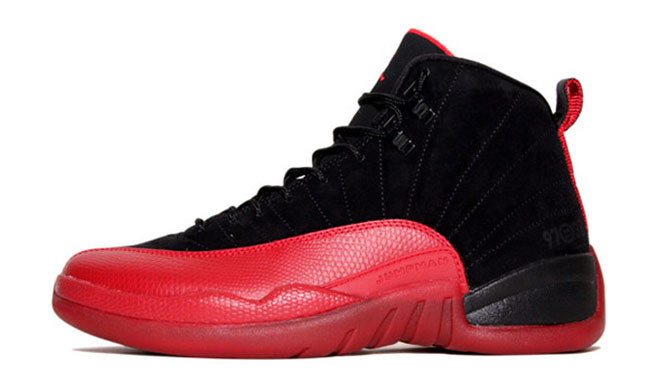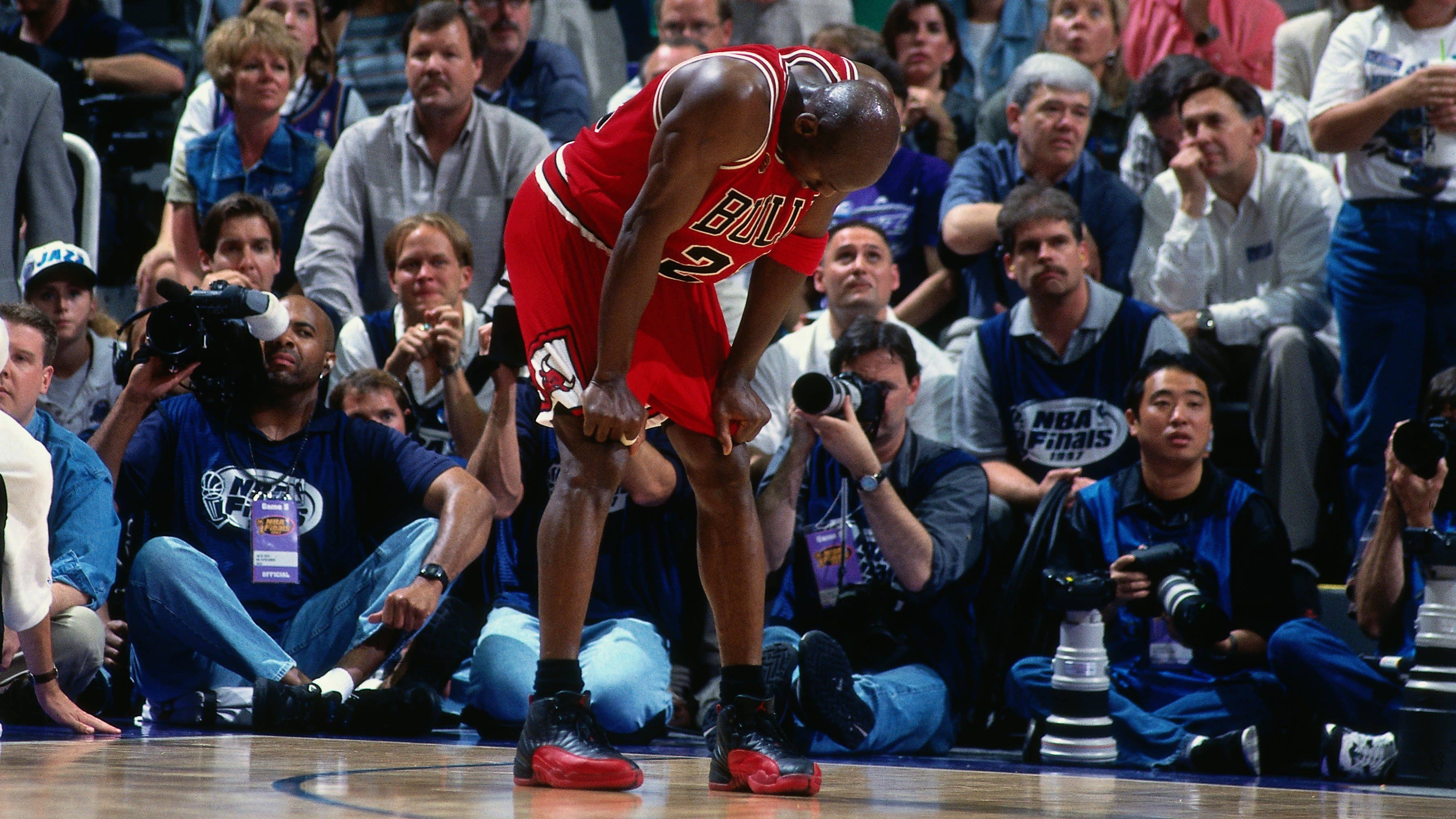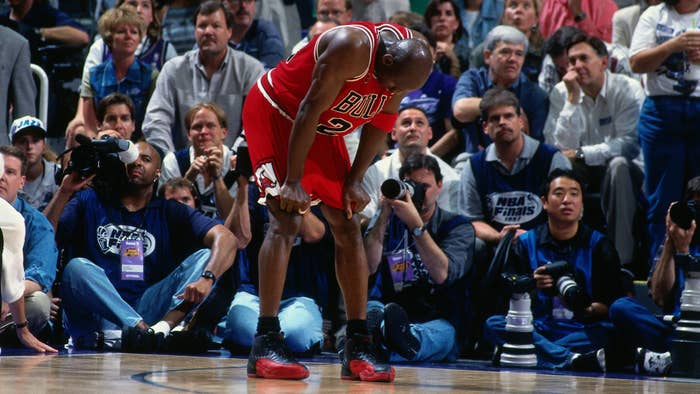
June 11, 1997. When you’re talking about Michael Jordan’s NBA Playoff basketball career, every conversation evokes moments of greatness. From the incredible performance during his second season where he put up 63 points against the Boston Celtics, to his “last shot” against the Utah Jazz, Michael Jordan has provided fans with an unending amount of memories to look back on fondly. It’s hard to pinpoint exactly what MJ’s greatest playoff moment was, but as we come up on the 18th anniversary of the “Flu Game,” it’s difficult to think of anything that showed just how tough Jordan really was more than that fateful June night.
For those of you who may not have been blessed enough to watch “His Airness” live in his prime, let’s just take a second to understand exactly what made this moment so great.
The Bulls, after taking the first two games in the 1997 NBA Finals, were now tied 2-2 with the Jazz heading into a pivotal fifth game in Utah. As fans around the globe tuned in, news broke that Michael Jordan was suffering from “flu-like symptoms” and was extremely sick, but would attempt to play in the game anyway. Not only did Jordan play in the game but he played 44 minutes, scoring 38 points, despite being visibly affected by the sickness. It was a moment for the sports history books and one that won’t be forgotten anytime soon.
1.
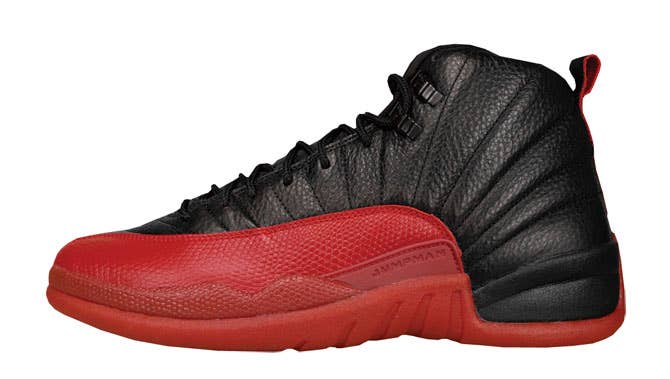
“So we order a pizza, they come to deliver it, five guys come to deliver this pizza. And I’m just … I take the pizza, and I tell them, I said, ‘I got a bad feeling about this.’ I said, ‘I just got a bad feeling about this.’ Out of everybody in the room, he was the only one that ate. Nobody else … then 2 o’clock in the morning, I get a call to my room. I come to the room, he’s curled up, he’s curled up in the fetal position. We’re looking at him. We’re finding the team physician at that time. And immediately I said, ‘It’s food poisoning.’ Guaranteed. Not the flu.” -Tim Grover, Chicago Sun Times April 18, 2013
2.
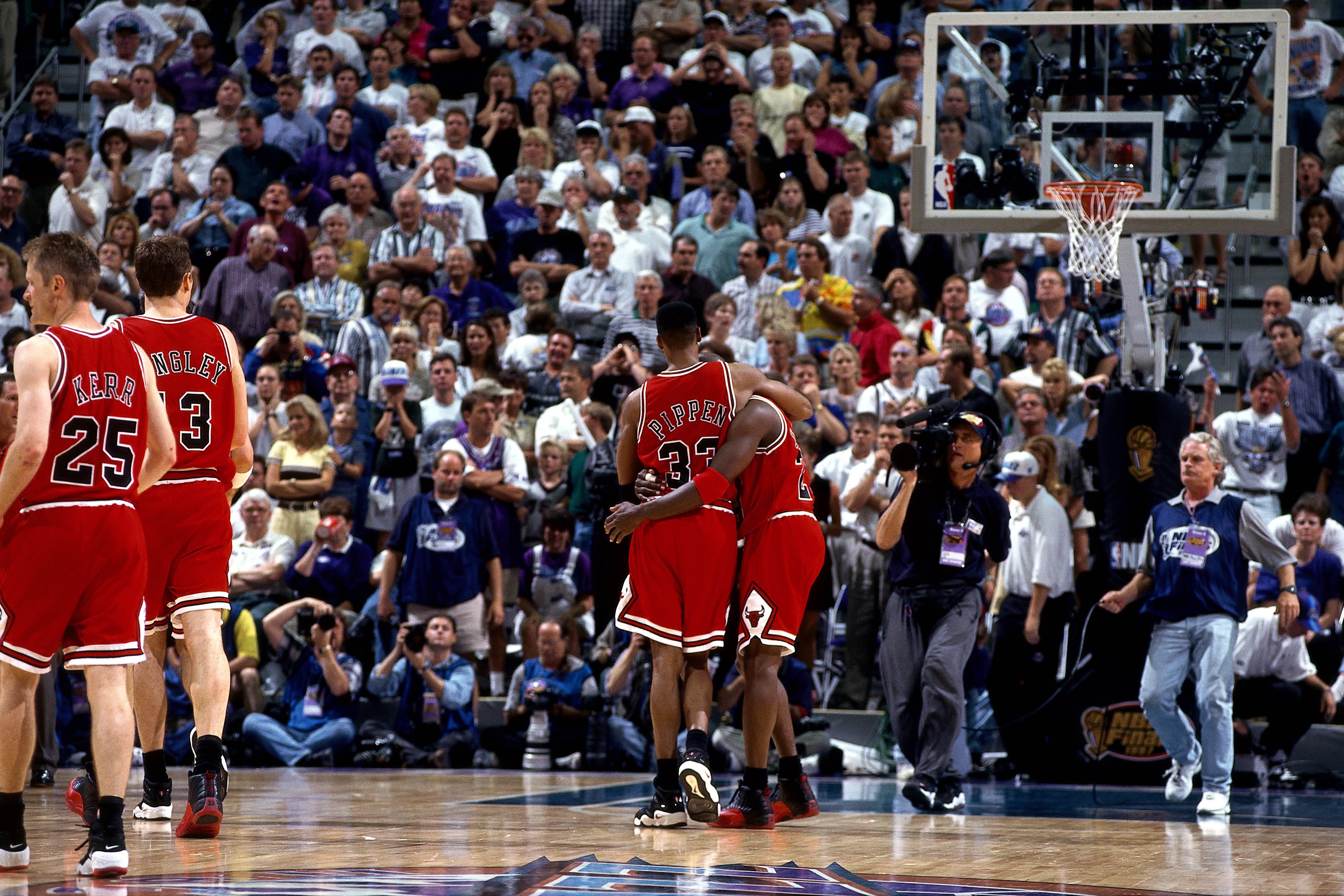
Michael Jordan played 44 minutes with apparent food poisoning from a late night pizza the evening before. As a doctor, what is your general reaction to seeing someone visibly sick performing at such a high level?
Being able to perform at that level with food poisoning is not typical. Most people with food poisoning or a stomach virus (also called gastroenteritis) have multiple episodes of vomiting and diarrhea, sometimes fever, chills, and body aches. At the very least, they feel nauseated and weak. Aside from simply feeling ill, the vomiting and diarrhea causes those with food poisoning to get very dehydrated. Some people end up in the emergency room for medication and intravenous fluids because they can’t keep anything down and the diarrhea is causing them to lose too much fluid.
If you add to this the intensity of playing a professional basketball game, and the additional loss of fluids from sweating, yes the whole thing is pretty impressive. It’s a wonder he didn’t pass out.
Out of all the conditions, what is the biggest he would have faced when suffering from food poisoning/stomach virus, combined with trying to perform at such a high level simultaneously?
Hydration is the biggest issue – mainly trying to keep hydrated while losing fluids from the vomiting and diarrhea, and then sweating profusely for nearly an hour immediately after.
What were the risks Jordan took by continuing to play in such a weakened state? What types of permanent damage could have been done by forgoing rest and playing in that condition?
The biggest risk is that he could have become severely dehydrated, developed low blood pressure and fainted. When someone is that dehydrated, the kidneys can become temporarily affected, but in a young healthy individual, that damage tends to be reversible once they receive adequate hydration.
There’s a conspiracy theory that the stomach virus story was a cover up for Jordan actually being hungover from late night partying. Seeing how he was able to perform at such a high level, would the hangover be more likely the case?
Both scenarios would have left him with an upset stomach, possibly vomiting and dehydrated (alcohol is dehydrating because it is a diuretic, making the drinker urinate more, thus drying out the body). I don’t think one is more likely than the other just based on his performance.
But, I wonder if he received any treatment before the game, because without medications, it’s surprising that he didn’t have to vomit or run to the bathroom at some point during the game.
In your medical opinion, should someone suffering from food poisoning/stomach virus even be able to physically compete at this level?
We don’t know what treatment he received before the game. If he received anti-nausea medications, anti-diarrheal medication and fluids, given his level of conditioning and skill, I suppose it’s possible.
If you had been the team doctor and you saw Jordan suffering from these conditions, what would your recommendation have been?
I would have given him anti-nausea medication, anti-diarrheal medication and as much fluids as possible in the hours leading into the game, either intravenously or by mouth, if he insisted on playing. But, a day of rest would have been preferred.
As Dr. Gaines helped explain above, just the fact that Jordan was able play at such a high rate without passing out was incredibly impressive on its own. Throw in the fact that he led the game in minutes played and scoring shows this feat goes beyond just stats, into a territory few athletes will ever reach. And just two nights later in Chicago, Michael Jordan led the Bulls to his fifth NBA championship. Although the record books show the title was won on June 13th 1997, it was the “Flu Game” two nights before that let the world know absolutely nothing was going to get in the way of Michael Jordan getting his fifth ring.
4.
